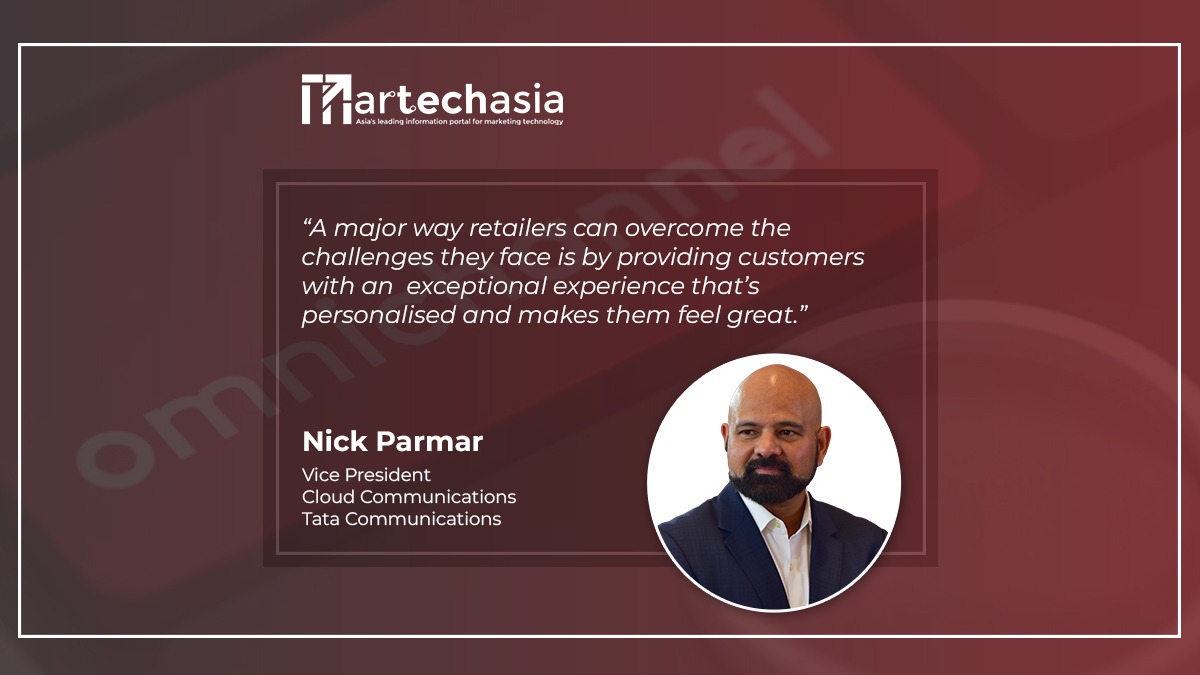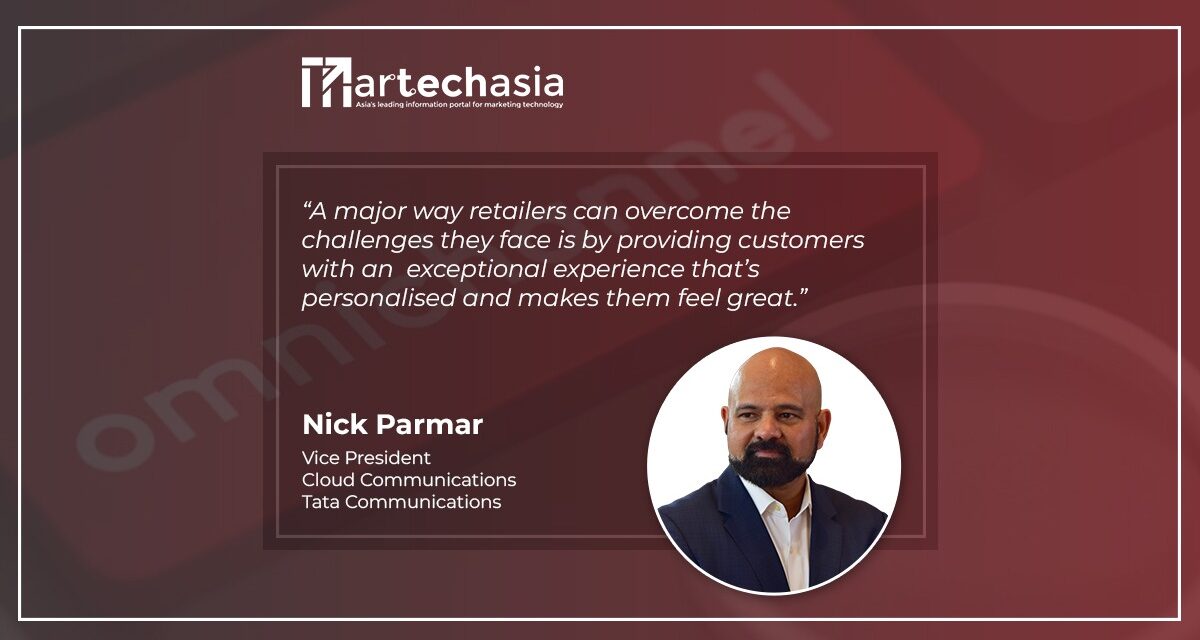
In this article, Nick discusses some of the omnichannel challenges that retailers must overcome to drive better customer engagement, highlight the technology to deliver better experiences and illustrate why using managed services providers can ensure retailers are always putting their best foot forward.
For retail businesses, engagement with customers has shifted over the last decade. Where once brick and mortar stores were the main point of contact, online and social media has revolutionised this experience.
Today, more than half of consumers (61%) believe retailers should provide the same cross channel flexibility they offered during the pandemic, with 55% saying they are more loyal to retailers with physical stores and online options.
So, retailers are now expected to be able to interact and support their customers on any platform at any time. While it may be easy to initially set up these channels, managing them is a lot harder.
Let’s look at some of the omnichannel challenges that retailers must overcome to drive better customer engagement, highlight the technology to deliver better experiences and illustrate why using managed services providers can ensure retailers are always putting their best foot forward.
Omnichannel challenges retailers face
With the widespread proliferation of data, a key challenge for retailers is ensuring enough value can be efficiently derived from data to meet customers’ growing expectations. The four main hurdles to this are:
- Data is in silos: Presently, most traditional businesses have different systems for capturing leads, loading orders and processing invoices – all from disparate systems that aren’t connected. Similarly, when a customer buys a product, gives a review, services it, or places a future order for a new product, all that information is also stored in different places. As such, these data silos make it difficult for brands to pull the information together to deliver a unified customer experience.
- Inefficient use of data: Retailers aren’t capitalising on the richness of the data they possess to provide personalised experiences. For example, by failing to capitalise on that richness and feed it back into tools such as chatbots, they fail to meet customers’ expectations, which can lead to frustration.
- Following the 80/20 rule: In this context, it means providing the best automated service for the top three issues customers contact you for and falling back to traditional methods for everything else. It’s when automated service isn’t consistent, nor meet customers’ expectations, that they become an issue.
- Reducing the carbon footprint: Customers are incredibly wary of social and environmental issues and prefer products that are responsibly sourced, produced and transported. Hence, retailers face the challenge of incorporating sustainability within retail. They need to design a sustainable supply chain with environment-friendly distribution strategy especially in today’s world of growing e-commerce.
Ensuring a great customer experience A major way retailers can overcome the challenges they face is by providing customers with an exceptional experience that’s personalised and makes them feel great. Here are two examples:
Apart from providing promotional offers, retailers must now go above and beyond to provide a level of personalisation like never before.
In this instance, if a customer is looking to purchase an item that’s out of stock, retailers can elevate their service by contacting them when it’s back in stock and perhaps even offer a one-time discount if they purchase the product immediately. This keeps the business connected and engaged with the customer – leading to a great experience with the brand.
Another example is for retailers to take note of customers that are repeat buyers of a particular product and make them a subscription offer that saves them time (and money) from buying it manually every time. Delivering this personalised service tells the customer you’re aware of their needs and making them understand that the brand cares about them.
Using data to provide great customer experiences is where the best brands differentiate themselves from competitors.
Technology to help drive better customer engagement
Traditionally, the process of researching a product started online but the purchase often happened in-store because the customer wanted to get a feel for the product first before buying. Conversely, products that were bought online were the ones customers were already familiar with.
However, the pandemic shifted this trend as customers could no longer visit physical stores. So, organisations had to rethink how to accommodate during these times. For example, we helped one of our customers to devise a solution whereby customers can not only see products online but experience them in new ways and find more details about the product from store employees just as if they were physically on the shopfloor.
This was made possible by installing high-definition cameras in the store to enable video communication that provided an elevated customer experience. The activation successfully increased the productivity of sales associates and prompted more positive feedback from customers.
We also worked with the retailer to train their employees on how to make a customer’s buying journey as close to a normal store interaction as possible, powered by seamless video calls.
Finding the right partner
Businesses are faced with many challenges, but their omnichannel experience shouldn’t be one of them. Working with an expert managed services provider can help retailers overcome the challenges they face with customer engagement.
The future of customer experience
A few years ago, businesses started adopting chatbots, but many have yet to get it right. Initially, their function was to generate helpful solutions and retrieve customer data for insights into their preferences and other shopping needs. But the problem with chatbot interfaces is that they get narrowed down to being Q&A bots that give a static response instead of providing a solution. However, I believe the technology will continue to evolve and play a major role in the customer service experience organisations aim to provide. According to Gartner, chatbots will become the primary customer service channel for about a quarter of organisations by 2027.
In addition, the adoption of augmented reality (AR) in retail is exponentially increasing and will be much higher in the next five years and help provide better experiences to customers. AR technology has allowed a virtual try-on of products that benefits both the brand and the customer. For instance, IKEA has built an AR-enabled App that allows people to see how a furniture will look in their homes – with the help of just a smartphone. During the pandemic, Apple also used AR technology to demonstrate their products to the customers who couldn’t go to the physical stores. AR and VR technologies allow for an easier, personal shopping experience for customers, right at home. And most importantly, the entire process becomes faster for everyone involved.
It will be interesting to see how upcoming tech advancements will influence customers’ experience in the future!




















